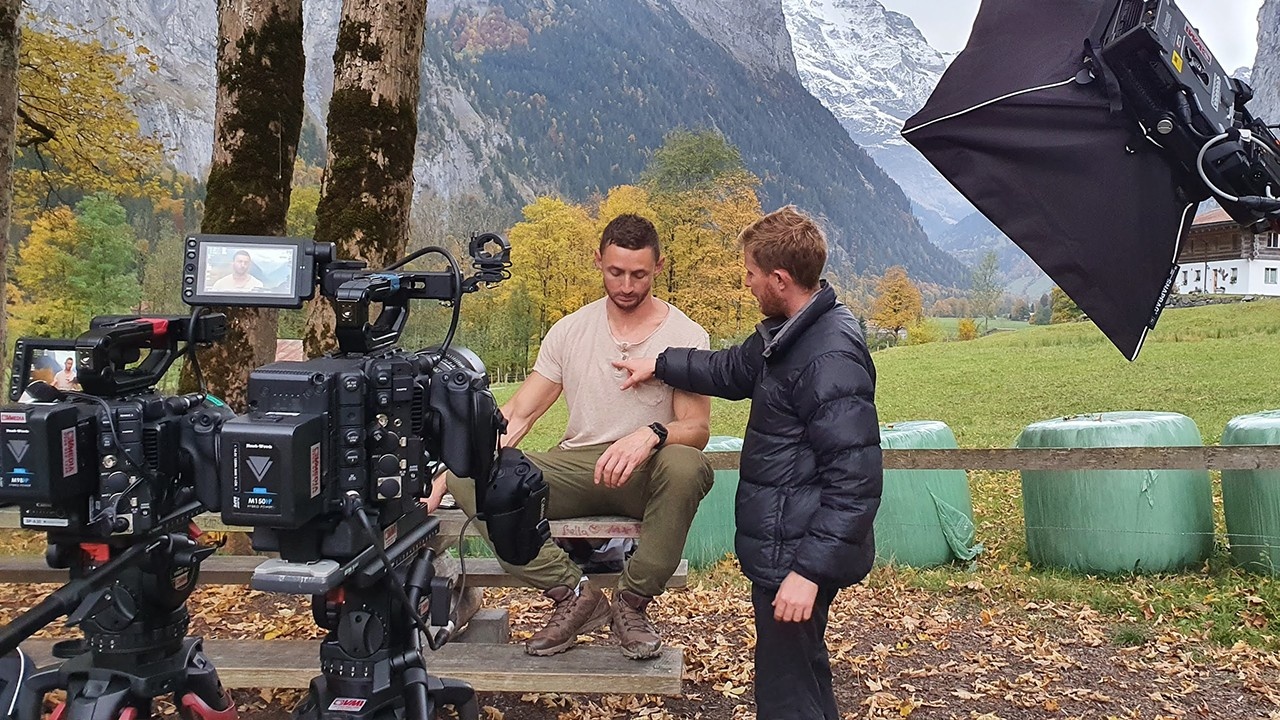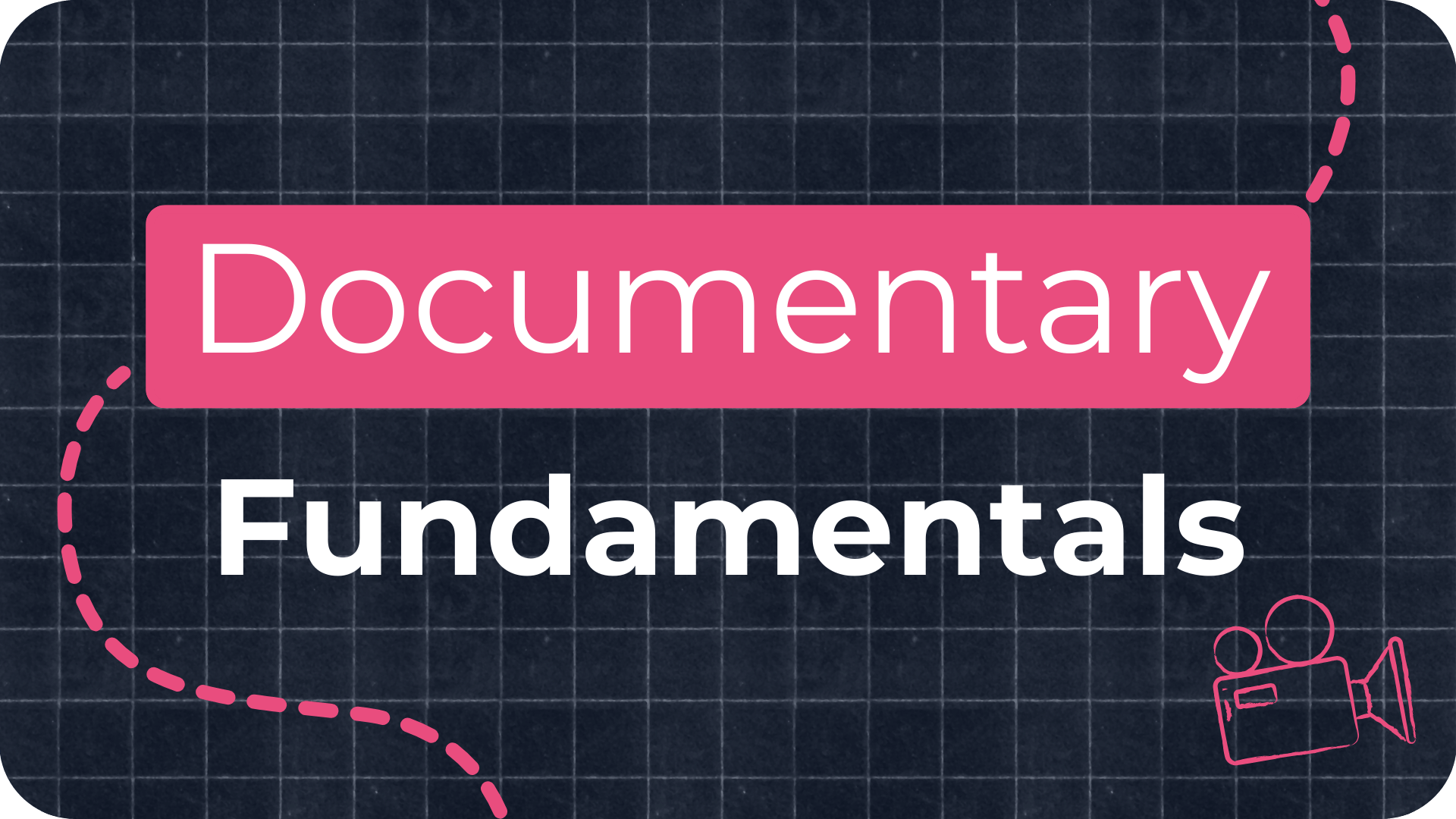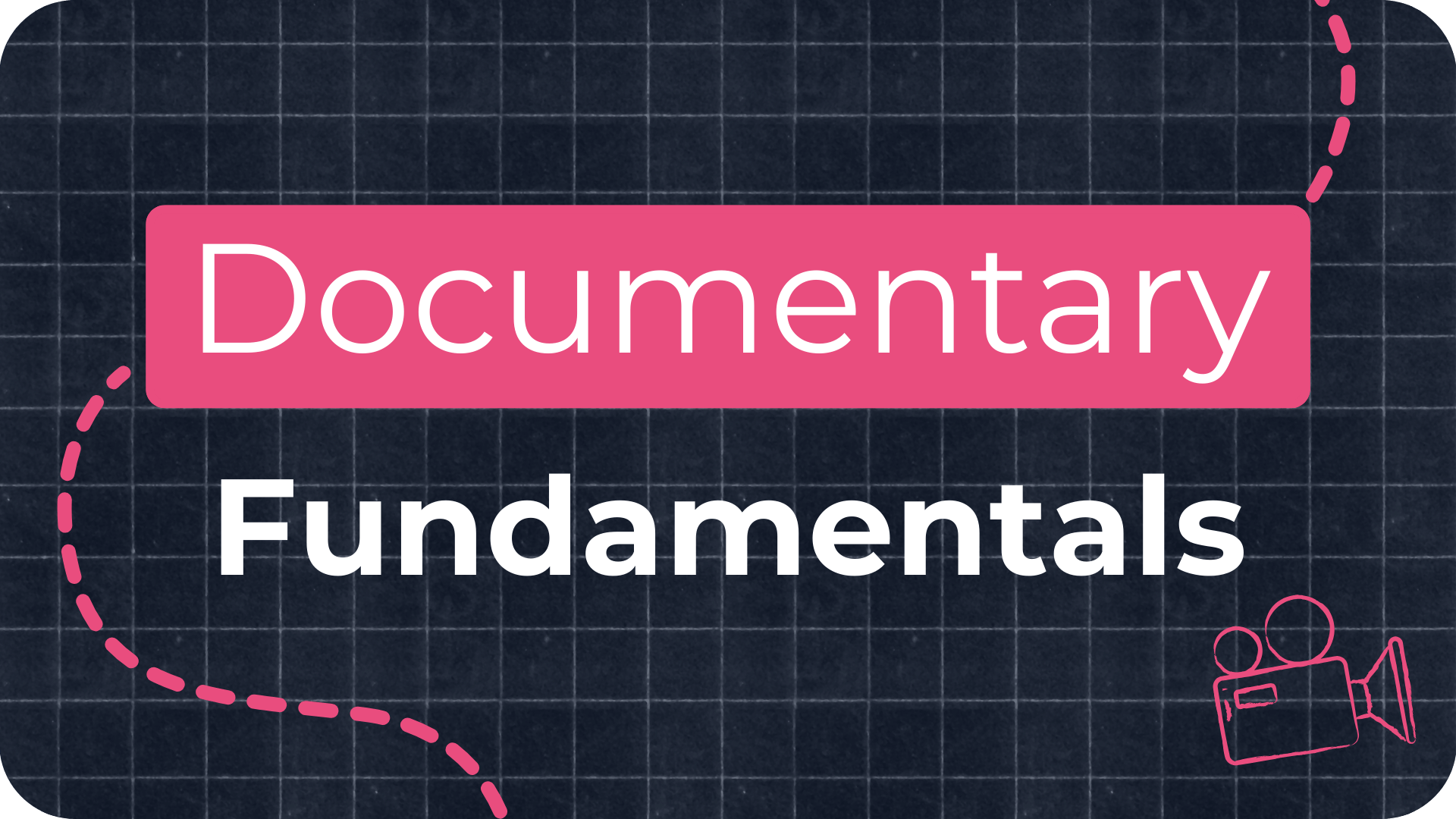How to Film a Documentary Interview: 7-Step Guide for Filmmakers

If you’re making an interview-led documentary, learning how to film a documentary interview is essential. Your interviews will form the backbone of your film, shaping the emotional arc and story structure.
In this guide, I’ll walk you through seven practical steps for filming cinematic documentary interviews, along with lighting tips, camera settings, audio strategies, and interview techniques that help your subject open up.
What Is a Documentary Interview?
A documentary interview is a structured, on-camera conversation used to tell a real story. Unlike casual chats or news bites, documentary interviews are carefully framed and emotionally grounded. They draw out personal stories or expert insights that shape the heart of the film.
Watch: How to Film a Cinematic Documentary Interview
Want to see the full process in action? Watch the video below where I walk through how I approach interview setup, lighting, framing, and making your subject feel relaxed on camera.
How to Film a Documentary Interview: Step-by-Step
Step 1: Choose the Right Interview Location
The first thing to do is find a space that fits the tone of your film and allows you to record clean audio. Avoid places with loud background noise, traffic, appliances, or reverb-heavy rooms.
If you're filming indoors, do a quick clap test. If you hear the sound bouncing off walls, floor, and ceiling, try another room or soften the echo with blankets or soft furnishings. Prioritise audio over visuals if you have to choose. You can always make a plain space look better, but bad sound is hard to fix.
Step 2: Frame Your Subject and Choose the Background
Once you’ve found your location, it’s time to place your subject, camera, and background. A common mistake is to rush this step. Take time to find a composition with depth. Positioning your subject at an angle to a corner, or with space behind them, adds a more cinematic feel than shooting flat against a wall.
I look for textured or meaningful backgrounds, brick walls, windows, plants, or practical items that relate to the subject. Consider how this supports the story. The documentary 13th used tight framing against prison-like backdrops to visually reinforce the theme of incarceration.
Stick with a medium close-up shot, chest to head, and keep the camera at eye level, slightly off-centre. This makes the frame feel natural and relatable. Decide whether you’ll shoot with one camera or two. One keeps things simple and intimate. Two gives you editing flexibility, especially for emotional moments where cutting to a close-up can draw the viewer in.
Step 3: Light the Interview Cinematically
Lighting style affects the feel of your interview as much as the subject’s words.
For a natural look, place your subject near a window with soft light. For more control, use one of these lighting techniques:
Book lighting bounces a light source onto a reflector, then through diffusion. It’s soft, flattering, and cinematic. I use it often.

Rembrandt lighting gives a dramatic triangle of light under one eye. Place your key light at a 45–60° angle and slightly above your subject. This works well if you're going for a more serious or gritty tone.

Silhouette lighting can be used to anonymise someone or add mystery. Position your main light behind the subject and push them into near darkness. Add fill if needed to recover some facial detail.

Choose a lighting style that matches the tone of your documentary, not just what looks good.
👉 Read: How to Master Cinematic Lighting for Interviews
Step 4: Capture Clean, High-Quality Audio
What your subject says is what carries the story. In most documentary interviews, the visuals will be covered with b-roll, but the audio needs to be perfect.
Use a lapel mic clipped close to the subject’s mouth, or a shotgun mic placed just outside the frame. Eliminate background hums, buzzing, and mechanical noise. Turn off aircon and fridges. Close doors and windows. Don’t be afraid to pause recording if a loud plane or truck interrupts, then politely ask the subject to repeat their answer.
Audio quality will make or break the scene, even if your lighting and framing are perfect.
👉 Learn More: How to Record Great Audio as a Solo Filmmaker
Step 5: Decide on Camera Movement (Or Keep It Still)
For most interviews, I prefer a locked-off tripod shot. It keeps the focus on the person and their story. If you want to add movement, use a gimbal or slider, but be intentional. A moving camera can feel distracting if it doesn’t match the emotional tone.
There are exceptions. If you're filming someone while they work, a chef, carpenter, or athlete, then handheld or gimbal movement can help bring energy to the scene. Just keep audio clean and framing steady.
Step 6: Dial In Your Camera Settings
Here’s my standard setup for a sit-down documentary interview:
-
Shutter speed: 1/50 (assuming 25fps)
-
F-stop: Between 1.8 and 5.6 for shallow depth of field
-
ISO: As low as possible, start at 100 and raise only if needed
Don’t go too shallow on your aperture. If your subject shifts forward, you might lose focus. A slightly higher f-stop will give you some breathing room.
If you're working in natural light and don’t have full control, adjust ISO and white balance to keep the image clean and consistent.
👉 Download My Free Documentary Camera Guide
Step 7: Film the Interview and Put Your Subject at Ease
Start filming before your subject realises it. Sit them down, have a relaxed conversation, and hit record subtly while you’re still chatting. Then gently guide the conversation toward your first interview question. This helps them stay relaxed and avoids the sudden pressure of “performing.”
Encourage full-sentence answers, especially if you plan to remove your voice in the edit. Keep eye contact. Don’t rush to your next question. Listen deeply. Follow up when something emotional or revealing comes up. That’s often where the gold is.
And always end on a positive note. If the interview touched on tough topics, leave space for the subject to ground themselves. A good experience makes future filming easier and more honest.

Are Interviews Essential for Documentaries?
Not always. A documentary interview gives voice and emotional insight to your subject, but some stories are better told visually or observationally. Nature films, process-driven stories, or experimental pieces often skip interviews entirely.
Use interviews when you want the viewer to connect emotionally, hear first-hand accounts, or understand complex ideas through a human lens. Skip them when they would get in the way of a visual story unfolding naturally.
Final Thoughts on Interview Technique
The key to filming a great documentary interview isn’t gear or lighting, it’s your ability to create a space where the subject feels safe enough to speak honestly.
That means:
-
Listening deeply
-
Adapting your tone to each person
-
Staying curious
-
Staying present
A well-crafted interview can carry an entire film. Take the time to get it right.






















